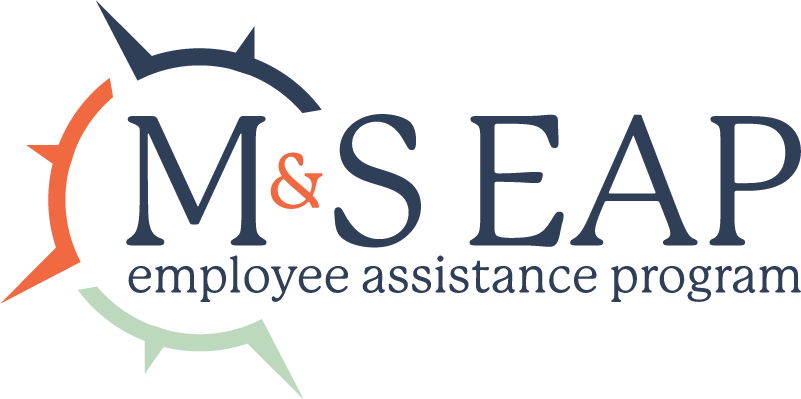Tips for Increasing Remote Work Productivity With Your Work From Home Staff

Remote work is trending, and with both employees and companies benefitting from this newer work model, it’s created a shift in the way in which work gets done during the day. Some people simply set up shop at their dining room table; others have designed an entire room in their home to meet their workday needs; and still, others use the opportunity to travel, using coffee shops and libraries as their places of work.
With this flexibility comes the challenge of remaining focused and productive in a non-traditional workspace — which, with some perseverance, isn’t as difficult a task as one might believe.
Productivity tips for remote work
Common challenges of remote work include feelings of isolation among employees, shifts in work-life balance, lack of camaraderie and increased distractions. These challenges can be especially apparent in emergency situations where businesses must make the switch to remote work on short notice. Employees who are accustomed to the rhythm and schedule of their workplace may find it difficult to quickly adjust from an office environment to working from home.
If not managed properly, these obstacles can lead to lower productivity levels and poor communication among team members. Fortunately, there are several things managers and employees can do to combat these challenges and support their coworkers during periods of working remotely.
Establish a dedicated workspace
If you do not have a dedicated workspace in your house or apartment, you may find yourself migrating with your laptop from the couch to the kitchen table and back again throughout the day. While some changes in scenery can help on occasion, constant movement like this can be disruptive to your workflow and productivity.
To minimize distractions, it’s recommended for remote employees to establish a place for working — this could be a whole room set up to be an office; it could be a coffee shop or library where you spend productive hours of the morning; maybe it’s a corner of the living room with extra space for a desk. Wherever you choose, make sure it’s a location that helps you focus, not one that offers a plentiful distraction.
Use collaborative communication tools
It’s no surprise that isolation is one of the biggest challenges employees must overcome when working remotely. In addition to phone and email channels, a company can encourage regular communication and collaboration among its employees by using an instant messaging app such as Slack, Spark or Microsoft Teams. Video conferencing platforms like Zoom, Skype for Business and Google Hangouts are also valuable communication tools to encourage camaraderie for remote staff.
Additionally, the absence of a normal workday structure can be a difficult adjustment for team members who are used to more traditional office environments. Utilizing collaborative project management tools such as Asana and Monday.com are great ways to maintain workflow and structure while operating remotely.
Maintain consistent check-ins
Managers should consider touching base regularly with remote team members via phone calls, instant messages or video chat. Having short, yet consistent, check-ins will keep managers and collaborators updated on project statuses, client goals, workflow challenges and more. It’s also a great time to ask what you, as a manager, can do to help facilitate your team’s work. Do your employees have all the tools and information they need to do their jobs from home? If not, how can you help them get what is needed?
Regular team communication can also help establish a routine, boost morale and create a sense of community even throughout a remote staff.
Focus on a work-life balance
Working remotely, while proven to boost productivity, can also lead to an increased sense of feeling like you’re always at work. For this reason, it’s important to set boundaries between work and home (like not checking work email after you clock out for the day). Prioritizing your physical, emotional and mental health through self-care can also be very effective in reducing stress, increasing productivity and improving quality of life.
Clear time each day to take part in hobbies and other activities that bring you joy. Use the time once dedicated to commuting to increase your cooking skills, enroll in a gym membership or class, start a garden or begin that home improvement project you’ve been talking about.
Remote work resources
Employers and managers can help do their part in increasing productivity and caring for their staff by regularly encouraging employees to engage in self-care activities and practices. Employers should ensure their workers are aware of any helpful tools and resources available to them through their benefits package. For example, if your EAP provides employees access to free telehealth counseling services, share this information with your remote staff, so that employees struggling with anxiety or work-life balance challenges can utilize resources and get the help they need.
To learn more about the benefits of an employee assistance program to help your remote staff with productivity, motivation and balance, reach out to Mazzitti & Sullivan EAP. Call us anytime at (800) 543-5080.



